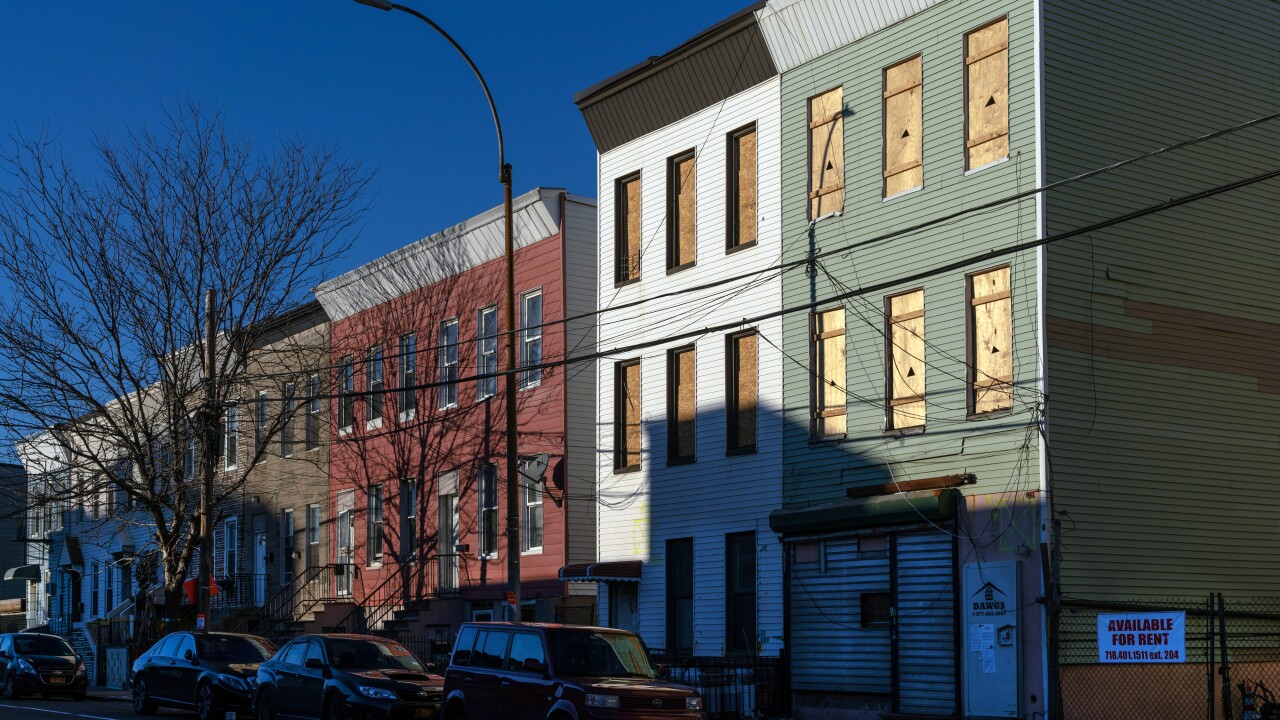
Editor's Note: This is part two of a three-part series on the changing demographics of mortgage borrowers. Read
When data doesn't tell the whole story about untapped market opportunities, mortgage executives must draw on their personal experiences and local expertise to craft unique strategies to reach new borrowers.
It took a mortgage executive's personal experience and understanding of borrowers and homebuilders in his bank's footprint to come up with an innovative model for homes that addresses an unmet borrower need. While he wasn't looking to build mortgage or homebuilding business on a larger scale when he came up with the concept, it has that potential.
While it's easy for mortgage executives to get bogged down with day-to-day obligations inside their businesses, it's important to maintain perspective on the world outside those four walls.
If
"I'm a woman at a large mortgage company and I happen to be Latina," she said, adding that she credits efforts she began five years ago to become more active in the Latino community and be more involved with mentoring employees for the makeup of the company's 58% female, 43% minority employee base.

She heads the company with her husband, Rick, and said she's found it helpful to have leaders of both genders, so all employees have a C-suite role model to look to.
Sometimes there is an underserved borrower need that exists, but very little data available to point to it. That's when going out into the community or drawing on observations by local branches and executives can come in.
Rick Davis, a senior vice president at Fidelity Bank in West Des Moines, Iowa, first recognized there was a borrower need that wasn't being filled when his father got older and began having health and accessibility needs that his housing didn't address.
Davis began to notice it was an issue for the larger community around him, which included a sizable segment of the population that was older and in some cases, had a military service background that statistically makes disability more likely.
He discussed the issues with builders he knew in his work originating loans for a bank that specialized in new construction and found single-family detached homes are rarely, if ever, built with such needs in mind, except possibly as custom construction.
Eventually, with the bank's permission, he put his own money into an experiment where model homes are built with standard features for the aging and disabled. The homes are all single-story and include walk-in bathtubs, with options that can be customized to meet individual needs from there.
More typically these features get introduced through remodeling, but whether that's the best route often depends on the house, Davis said.
The concept makes sense for Iowa and the country overall. In both cases, the 65 and older demographic is projected to represent roughly 20% of its population by 2050, according to census data.

He doesn't see his particular investment as a big moneymaker, but he hopes it will create a market that could build greater volume for lenders and builders. If builders can supply the homes, lenders can apply their expertise in helping senior borrowers get construction loans, rehabilitation loans, or possibly reverse mortgages.
"My goal is to break even. If I don't make a nickel, but somebody who can't take a shower because they can't get up the stairs now can and they're happy, that's good," said Davis. "But the guys making mortgages working with a builder they trust could get something done and make a difference in their community."
There aren't readily available statistics on the number of houses prebuilt with such features or builders who make them, but there is data to support general interest in building single-family detached homes for older Americans and anecdotal examples of builders, like Stanton Homes in North Carolina, that advertise custom accessibility features.
Senior citizen homeownership is higher than the national average of 63.7%, at 75.4% for ages 55-64 and 78% for age 65 and up, according to Census data. Also, seniors tend to age in place, which locks up a lot of existing home inventory. But that could change if seniors had new single-family homes available that address quality of life issues.
"If I don't make a nickel, but somebody who can't take a shower because they can't get up the stairs now can and they're happy, that's good. But the guys making mortgages working with a builder they trust could get something done and make a difference."
— Rick Davis, SVP, Fidelity Bank
"You could help the neighborhood that they're leaving," said Davis. "People do the most to their house when they sell it and when they buy it. It could be a win for everybody."
Although it's unclear to what extent the concept of prebuilt, detached accessibility homes for seniors has become a reality, it's an idea that's been around for years, said Paul Emrath, vice president for survey and housing policy research at the National Association of Home Builders.
Single-story structures with wider hallways for access intended for seniors are not unheard of, but surveys suggest things like walk-in bathtubs have less universal appeal to older Americans.
"The issue is some people don't want to admit that they're going to have health issues," Emrath said.





